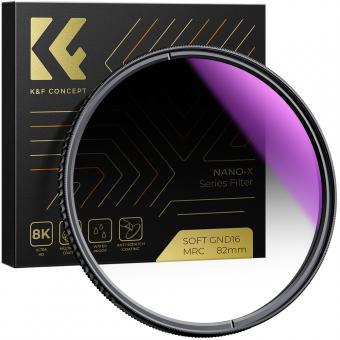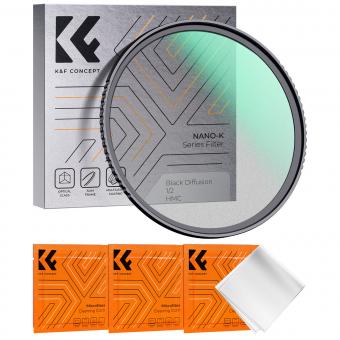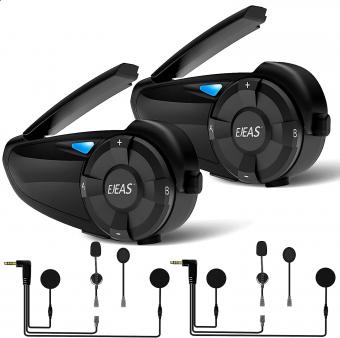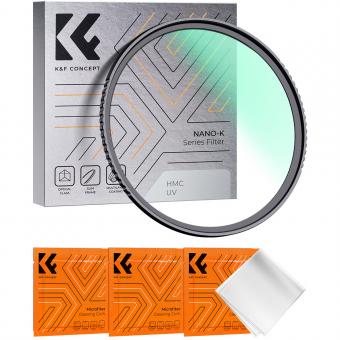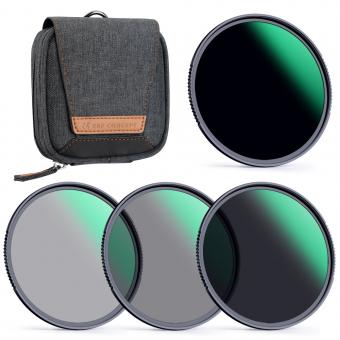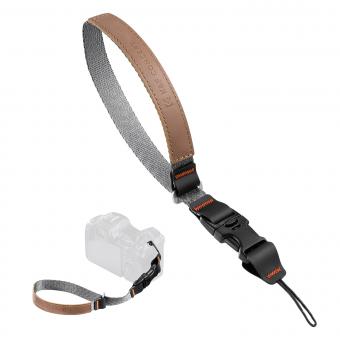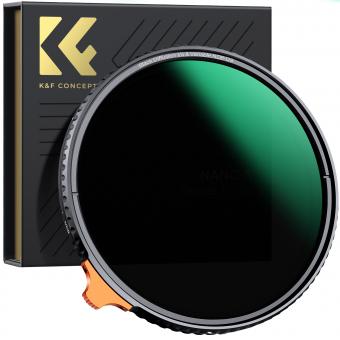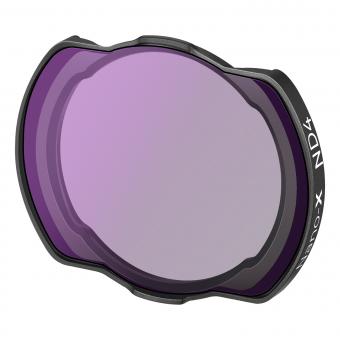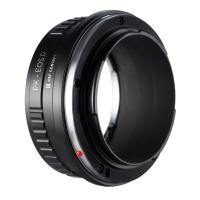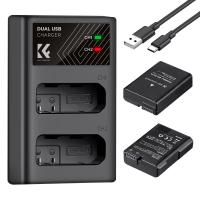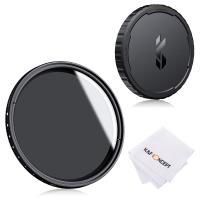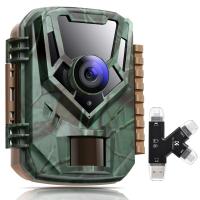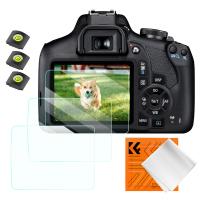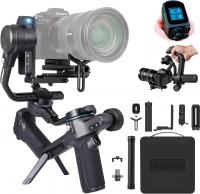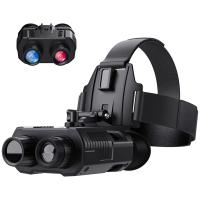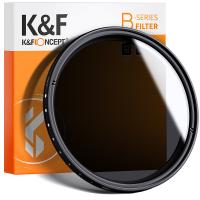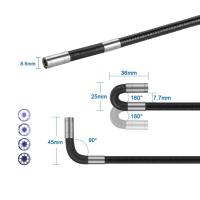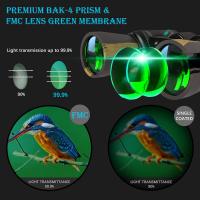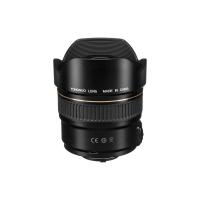How Are Endoscopes Cleaned?
Endoscopes are cleaned using a multi-step process that involves manual cleaning, disinfection, and sterilization. The first step is manual cleaning, where the endoscope is flushed with water to remove any debris or organic material. Then, a detergent solution is used to clean the endoscope's exterior and interior surfaces. After manual cleaning, the endoscope is disinfected using a high-level disinfectant solution that kills any remaining bacteria or viruses. Finally, the endoscope is sterilized using either ethylene oxide gas or high-temperature steam. The sterilization process ensures that the endoscope is free from any microorganisms that could cause infection. The entire process is carefully monitored and documented to ensure that the endoscope is properly cleaned and sterilized before it is used on another patient.
1、 Manual cleaning,
How are endoscopes cleaned? Manual cleaning is the most common method used to clean endoscopes. This involves disassembling the endoscope and manually cleaning each component with enzymatic cleaners and brushes. The endoscope is then rinsed with water and dried with forced air. However, recent studies have shown that manual cleaning alone may not be sufficient to completely remove all bacteria and biofilm from endoscopes.
As a result, many healthcare facilities have implemented additional cleaning steps, such as automated endoscope reprocessors (AERs) and high-level disinfection (HLD) systems. AERs use a combination of detergents, enzymes, and high-pressure water to clean and disinfect endoscopes. HLD systems use chemicals such as peracetic acid or hydrogen peroxide to kill bacteria and viruses.
In addition to these cleaning methods, proper storage and handling of endoscopes is also important to prevent contamination. Endoscopes should be stored in a clean, dry area and transported in a way that minimizes the risk of damage or contamination.
Overall, while manual cleaning is still the most common method used to clean endoscopes, healthcare facilities are increasingly implementing additional cleaning steps to ensure the safety and effectiveness of these important medical devices.
2、 Automated cleaning,
How are endoscopes cleaned? Automated cleaning is the most common method used to clean endoscopes. Automated cleaning involves the use of a machine that cleans and disinfects the endoscope using a series of automated steps. The machine is designed to clean the endoscope thoroughly, removing any debris or bacteria that may be present.
The automated cleaning process typically involves several steps, including pre-cleaning, cleaning, rinsing, disinfecting, and drying. During the pre-cleaning step, any visible debris or soil is removed from the endoscope. The cleaning step involves the use of a detergent solution to remove any remaining debris or soil. The endoscope is then rinsed with water to remove any remaining detergent solution.
After the cleaning and rinsing steps, the endoscope is disinfected using a high-level disinfectant solution. The disinfectant solution is designed to kill any bacteria or viruses that may be present on the endoscope. The endoscope is then rinsed again to remove any remaining disinfectant solution.
Finally, the endoscope is dried using a forced air system or a drying cabinet. The drying process is important to prevent the growth of bacteria or fungi on the endoscope.
In recent years, there has been increased attention on the cleaning and disinfection of endoscopes due to outbreaks of infections associated with contaminated endoscopes. As a result, there have been efforts to improve the cleaning and disinfection processes, including the development of new technologies and guidelines for cleaning and disinfecting endoscopes.
3、 Disinfection,
Endoscopes are medical devices that are used to examine the inside of the body. They are used in a variety of medical procedures, including colonoscopies, upper endoscopies, and bronchoscopies. Due to their frequent use, it is important to ensure that endoscopes are properly cleaned and disinfected to prevent the spread of infection.
Disinfection is the primary method used to clean endoscopes. The process involves cleaning the endoscope with a detergent solution to remove any debris or organic material. Once the endoscope has been cleaned, it is then disinfected using a high-level disinfectant solution. This solution is designed to kill any remaining bacteria, viruses, or other microorganisms that may be present on the endoscope.
In recent years, there has been increased attention paid to the cleaning and disinfection of endoscopes due to outbreaks of infections associated with contaminated endoscopes. As a result, there have been changes to the guidelines and recommendations for cleaning and disinfecting endoscopes.
One of the latest points of view is that endoscopes should be cleaned and disinfected using a validated process. This means that the cleaning and disinfection process should be tested to ensure that it is effective at killing microorganisms. Additionally, there has been a focus on the importance of proper drying of endoscopes to prevent the growth of bacteria.
In conclusion, disinfection is the primary method used to clean endoscopes. However, there have been changes to the guidelines and recommendations for cleaning and disinfecting endoscopes in recent years, with a focus on using a validated process and proper drying to prevent the spread of infection.
4、 Sterilization,
Endoscopes are medical devices that are used to examine the inside of the body. They are used in a variety of medical procedures, including colonoscopies, upper endoscopies, and bronchoscopies. Due to their frequent use, it is important to ensure that endoscopes are properly cleaned and disinfected to prevent the spread of infection.
The cleaning process for endoscopes involves several steps. First, the endoscope is manually cleaned to remove any visible debris or organic material. Then, it is placed in an automated washer that uses high-pressure water and detergent to clean the device. After cleaning, the endoscope is disinfected using a high-level disinfectant solution.
Sterilization is another important step in the cleaning process for endoscopes. Sterilization is the process of killing all microorganisms, including bacteria, viruses, and fungi. This is typically achieved using heat or chemicals. However, sterilization is not always necessary for endoscopes, as they are considered semi-critical devices, meaning they come into contact with mucous membranes but do not penetrate them.
The latest point of view on endoscope cleaning is that there is a need for improved cleaning and disinfection protocols. Recent studies have shown that even when endoscopes are properly cleaned and disinfected, there is still a risk of infection transmission. This has led to the development of new technologies, such as disposable endoscopes, to reduce the risk of infection transmission. Additionally, there is a push for increased training and education for healthcare professionals on proper endoscope cleaning and disinfection techniques.


